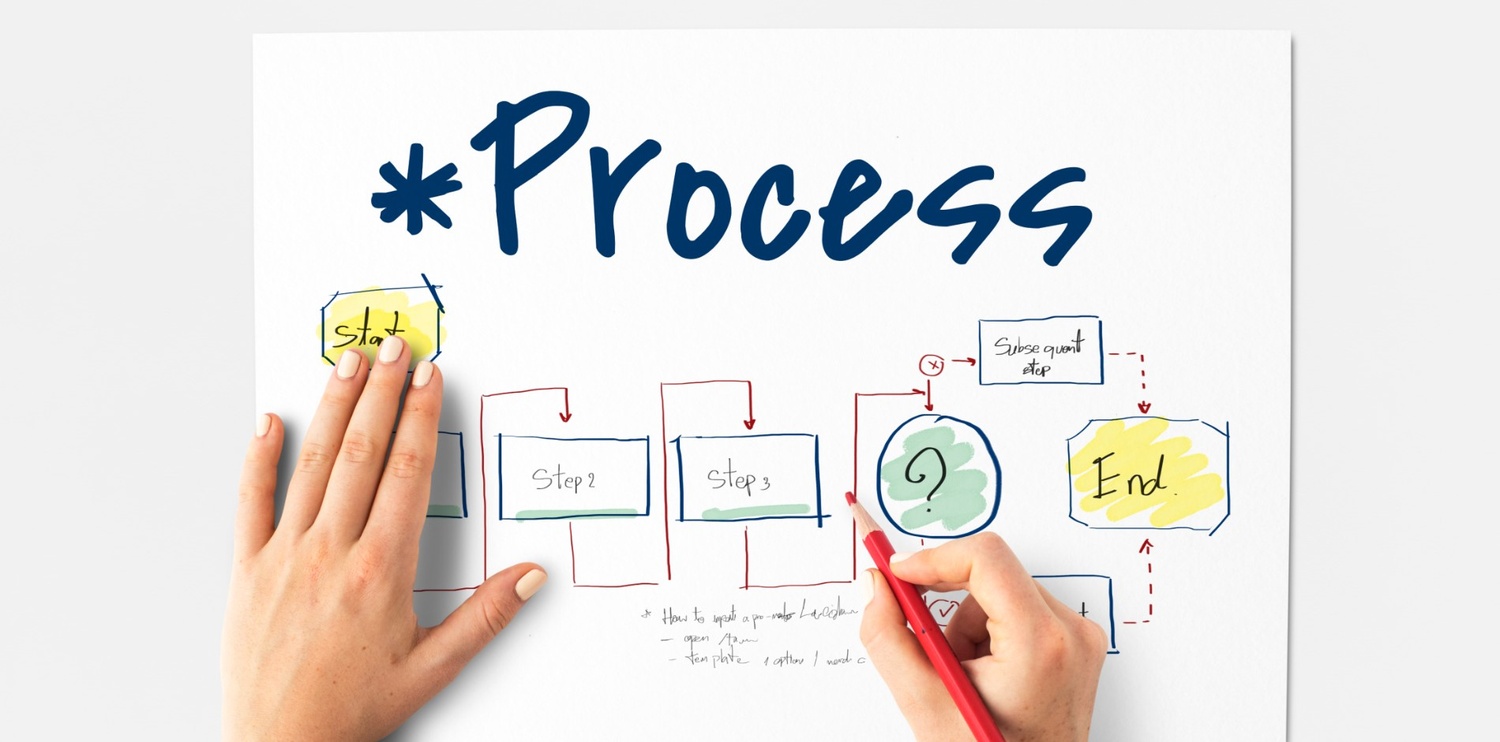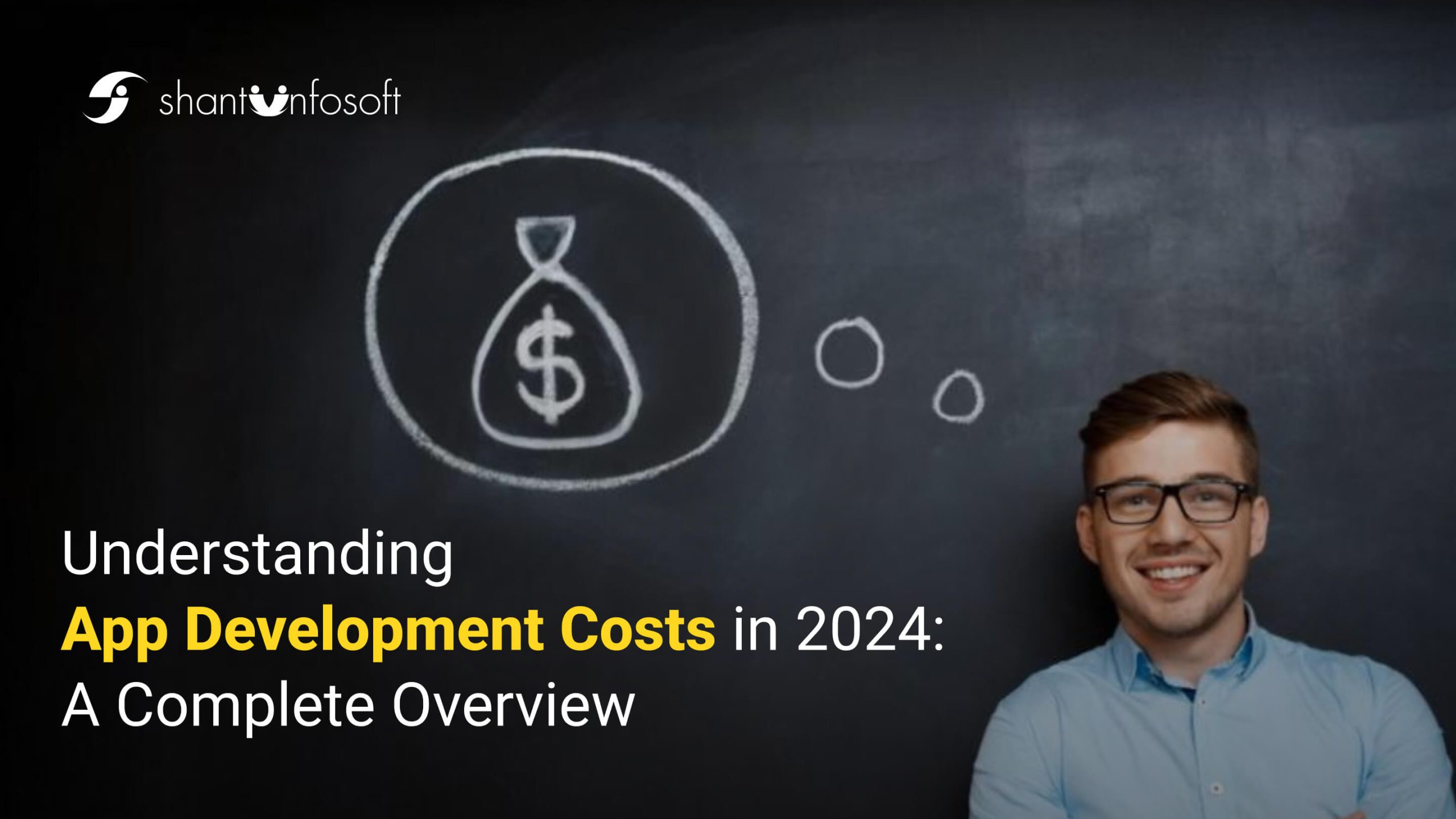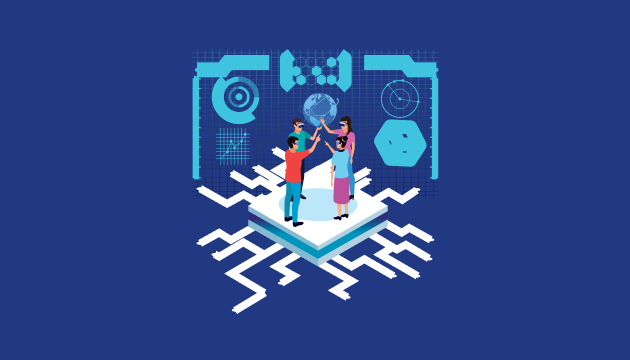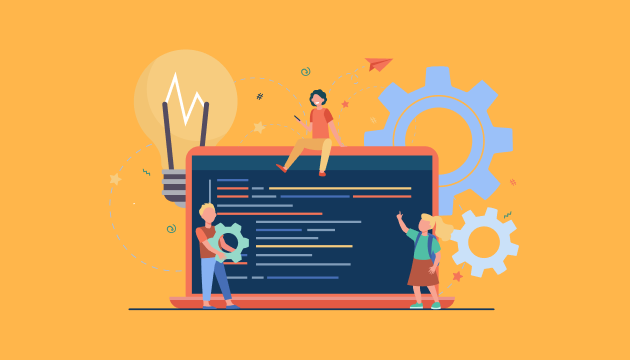Fibonacci Agile Estimation: What Is It and Why Does It Work?
Agile software development

Agile methodologies have become increasingly popular in software development due to their flexibility, adaptability, and focus on iterative delivery. One crucial aspect of Agile is estimating the effort required for completing tasks or user stories. While there are several estimation techniques available, one approach that has gained traction is Fibonacci Agile Estimation. In this blog, we’ll explore what Fibonacci Agile Estimation is and why it has proven to be effective in Agile development teams.
1. Understanding Agile Estimation:
Agile estimation is the process of assigning relative sizes or effort points to user stories or tasks. This helps the development team understand the complexity and effort required for completing each item. Agile estimation is not about predicting the exact time it takes to complete a task, but rather a comparative assessment of effort.
2. The Fibonacci Sequence:
The Fibonacci sequence is a mathematical concept in which each number is the sum of the two preceding ones: 0, 1, 1, 2, 3, 5, 8, 13, 21, and so on. The Fibonacci sequence follows a pattern of exponential growth, with each number being approximately 1.618 times larger than the previous one. This sequence has found its way into Agile estimation techniques due to its inherent characteristics.

3. Fibonacci Agile Estimation Process:
1. Relativity and Consistency: The Fibonacci sequence provides a scale that allows for relative estimation. It encourages the team to think in terms of comparisons rather than absolute numbers. This relativity ensures that stories are consistently sized based on their complexity compared to others.
2. Avoiding False Precision: Using a Fibonacci scale helps teams avoid false precision in estimation. When estimating with round numbers, such as 1, 2, 3, it is easy to give the impression of a more accurate estimate. However, the reality is that precise estimation is challenging, and the Fibonacci sequence reminds the team to focus on relative sizing.
3. Accounting for Uncertainty: Agile projects often involve uncertainty and unknown factors. The exponential growth in the Fibonacci sequence helps capture the inherent uncertainty and increasing complexity as tasks or user stories become larger. It allows teams to acknowledge the growing level of uncertainty and the need for additional effort in handling larger items.
4. Facilitating Collaboration: Fibonacci Agile Estimation encourages collaboration within the team. As the team discusses and collectively agrees on the estimation, it leads to valuable conversations, knowledge sharing, and a better understanding of the work ahead. It also ensures that everyone’s perspective is considered, leading to a more accurate estimate.
4. Conclusion:
Fibonacci Agile Estimation has gained popularity in Agile development teams due to its ability to provide a relativity-focused, consistent, and collaborative approach to estimating effort and complexity. By utilizing the Fibonacci sequence, teams can avoid false precision, account for uncertainty, and maintain a healthy focus on relative sizing. The effectiveness of this estimation technique lies in its ability to promote meaningful discussions and create a shared understanding among team members. Consider incorporating Fibonacci Agile Estimation into your Agile practices to improve estimation accuracy and foster team collaboration.

5. Augmented Reality (AR) Integration:
Augmented reality (AR) is making waves in UI/UX design as it transforms how users interact with digital interfaces. AR overlays digital elements onto the real world, providing users with immersive experiences. Designers are exploring ways to seamlessly integrate AR into UI/UX design, such as product visualization, interactive storytelling, and virtual try-on experiences. By incorporating AR, designers can create captivating and interactive user experiences that bridge the gap between the physical and digital realms.
6. Gestural Interfaces:
With the increasing prevalence of touch-enabled devices and bezel-less screens, gestural interfaces have gained prominence. Gestural interfaces rely on intuitive hand movements, such as swipes, pinches, and rotations, to enable users to navigate through interfaces seamlessly. By reducing clutter and relying on natural gestures, designers enhance usability and efficiency. Gestural interfaces provide a more immersive and engaging experience, making interactions more fluid and intuitive.
In the dynamic world of UI/UX design, keeping up with the latest trends is essential for delivering exceptional digital experiences. From the dominance of dark mode and the integration of voice user interfaces to the emergence of neumorphism and augmented reality, these detailed trends are reshaping the way designers create captivating user experiences. By embracing these trends and staying informed about the latest innovations, UI/UX designers can push the boundaries of creativity, enhance user engagement, and deliver seamless interactions in the ever-evolving digital landscape.







 Food & Beverage
Food & Beverage
 Sports
Sports
 News
News
 Manufacturing
Manufacturing
 Insurance
Insurance
 Healthcare
Healthcare
 Real Estate
Real Estate
 E-Commerce
E-Commerce
 Luxury
Luxury
 Fashion & Retail
Fashion & Retail
 Education
Education
 Tourism
Tourism
 Automobile
Automobile
 Media & Entertainment
Media & Entertainment











































